According to the weather forecasters, this week we’ll have an opportunity to have a proper sunny BBQ. Hooray!
Unfortunately a barbecue can also be environmentally unfriendly. Most of the charcoal we buy in this country is from unsustainable sources. It is of poor quality, glued together with binders, heavy and damp. Good charcoal is light and tinkles in the bag, almost like glass. Archeological evidence shows that charcoal has been made for 30,000 years and Britain had hundreds of coppiced forests (a system of woodland management whereby trees are cut down and offshoots regrown cyclically), which provided wood for the makers known as colliers. There are now 500 ‘burners’ in the UK, many of them in the National Coppice Federation.
In North London, if you want to buy local, Ian Loasby is your man. A former computer programmer, he was so influenced by John Seymour’s seminal ‘bible’, ‘The Complete Book of Self-Sufficiency‘, his wife booked him onto a weekend course in coppicing. Drained by the prospect of working at a desk, he then took a two year course at Capel Manor in woodland management.
A resident of Tottenham, Ian runs regular woodland and education projects in Queens Wood, Highgate. I went to see where he makes charcoal, to see the enormous belching, smoking ‘Exeter retort’, reminiscent of a steam punk contraption. Why make wood into charcoal? Ian explained that effectively you are drying the wood, eliminating all moisture, so it can achieve a higher temperature when burnt. Charcoal was originally used by blacksmiths to smelt iron but is also excellent for cooking purposes. Local char burns steadily, produces less smoke and fewer dangerous vapours. 40% of British woodland is under-managed, so we have the capacity to make more of our own charcoal and it would be a good source of employment.
Making charcoal is a time consuming craft. The retort is filled with wood, Loasby uses hornbeam, hazel, silver birch, sweet chestnut, oak and ash. The oxygen is eliminated as the retort is heated for between 8 and 12 hours to 450 ºc (it requires careful tending for gaskets blow off and dents form in the metal sides). When first opened, the cooling charcoal gleams with iridescent colours such as blue and gold.
To buy local charcoal, contact Ian Loasby at iain@rivenwoodcoppice.co.uk. He charges £8 a bag of charcoal. He also builds hazelwood hurdles and supplies biochar for fertilising gardens.
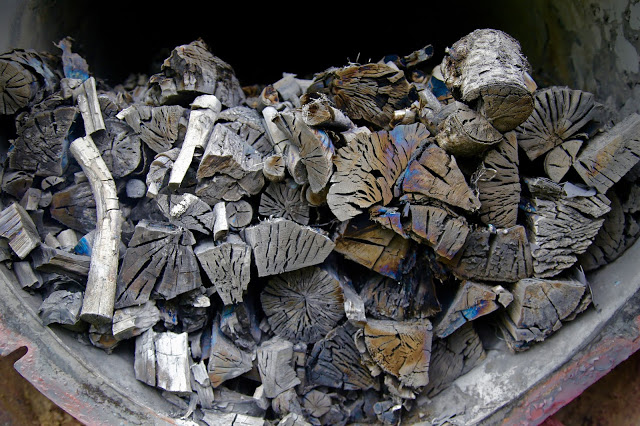
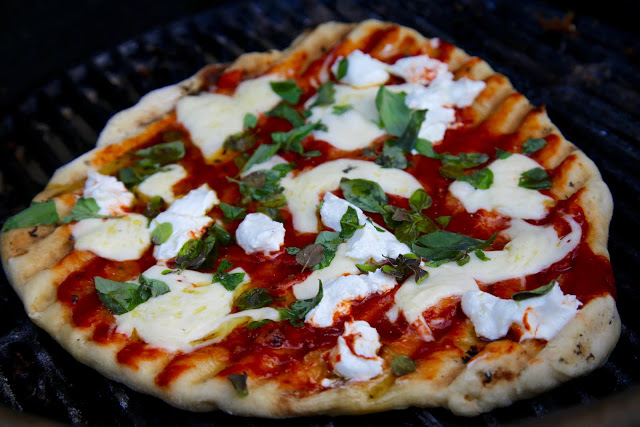
Barbecue Pizza Recipe
Pizza on a barbecue? Not only is it possible but it is particularly delicious. The trick is to put the toppings on at the last minute.
Makes 2 pizzas
For the pizza dough
250g strong flour or 00 flour
1 packet 7g of fast acting yeast
150ml lukewarm water
1/2 tsp salt
1tsp sugar or honey
3tbsps olive oil and more for brushing
2tbsps coarse semolina
For the toppings
3tbsp olive oil
500ml tomato passata
3 cloves garlic, minced
2 fresh bay leaves
4 mozzarella balls, torn up
Fresh herbs such as basil, oregano.
Freshly ground black pepper
Sea salt
Capers
Olives
Make the dough by mixing the flour, water, yeast, salt, sugar, olive oil together. Leave to proof for an hour or more.
Light your barbecue, wait until the coals are hot but with no flame. Ideally your barbecue will be between 210 and 260ºC (400 to 500ºF).
Make the tomato sauce by putting the olive oil, passata, minced garlic and bay leaves into a medium saucepan and simmering for 15 minutes.
Scatter the semolina onto a chopping board, roll out your pizza into a thick circle and brush one side generously with olive oil. (I set up a little pizza station next to the BBQ.)
Place the pizza on the BBQ, oil side down. Close the lid. Allow the pizza to cook for five minutes. This is a bit like a pizza oven with the lid on, and the dough will puff up.
Turn the pizza over and quickly add the toppings. Spoon on the tomato sauce and spreading it with the back of a spoon all over the pizza. Distribute the mozzarella, scatter the herbs, grind on the black pepper and add any other toppings. Add a drizzle more olive oil and some sea salt.
Close the lid again. Leave for five minutes.
Serve immediately.
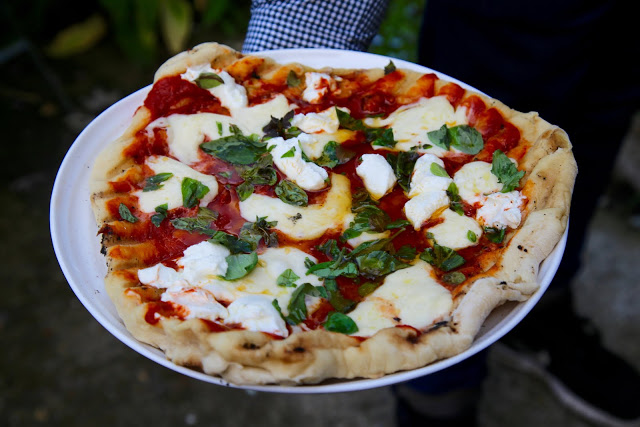
This piece first appeared in the Ham and High.

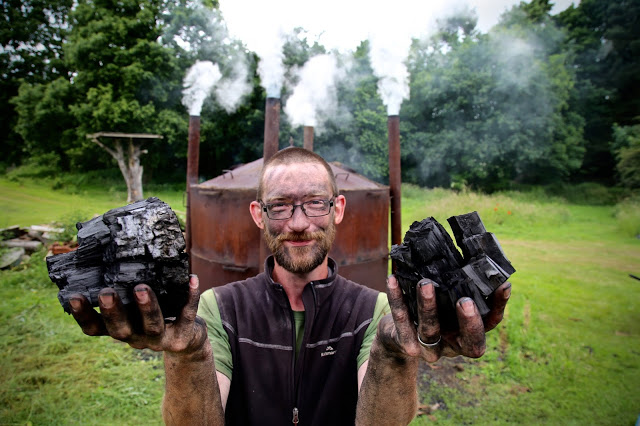
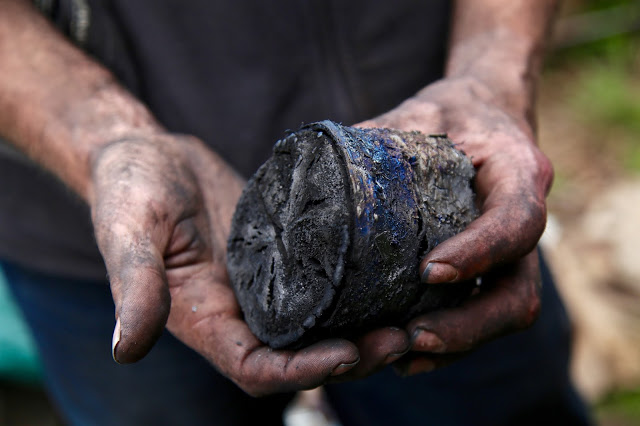
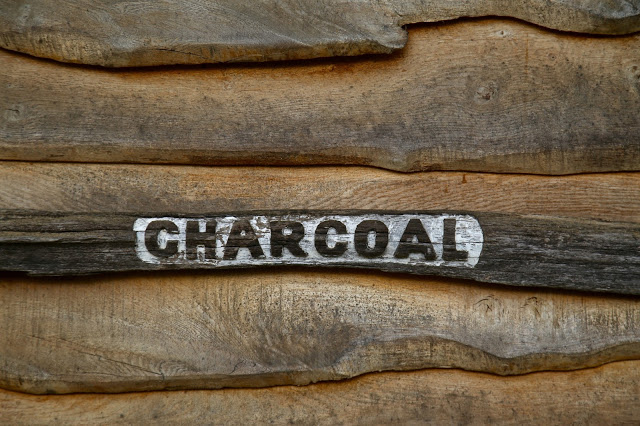
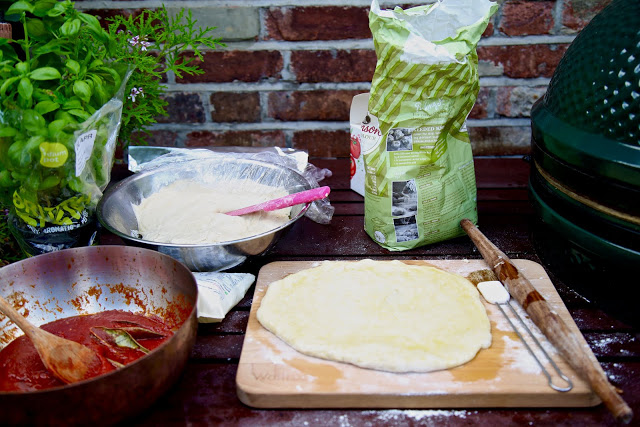



Great job. especially the pizza.. seems delicious.. I would love to try this recipe at home as pizza is one of my favorites 😉
That's brilliant sourcing. I wonder if he might sell /s hip to south london, will contact him. I try to get my eco charcoal too, I have been using this (but frankly it's not that great) http://www.abelandcole.co.uk/e-co-charcoal-3kg
Give him a call, he might or maybe he can recommend someone close to you. It does burn beautifully.
Thanks. I will try this out. I had been looking at buying a pizza oven for the garden but had a strong suspicion that it wouldn't get enough use.
What sort of surface are you cooking on? I have a pizza stone which I normally use in my Aga.
I did it directly on the grill but follow the instructions carefully. The Big Green Egg does have a pizza stone as well, which I guess you heat up. I must try it.
Next weekend I'm going to find out how to make a cob oven in the garden. Watch this space!
What a fantastic recipe, I have to admit I am very much stuck in a rut when it comes to Pizza recipes, so I will most definitely be trying this! What are your opinions on perhaps baking a pizza on a BBQ
how to make pizza
Hello everyone, was interesting to read your article. Usually i'm reading New York Times , but now i will read you too! (https://www.nytimes.com)
Charcoal is the best thing for use to fuel. Many people use this thing and this is very beneficial for us and also gives good results.
http://www.gammatech.org/